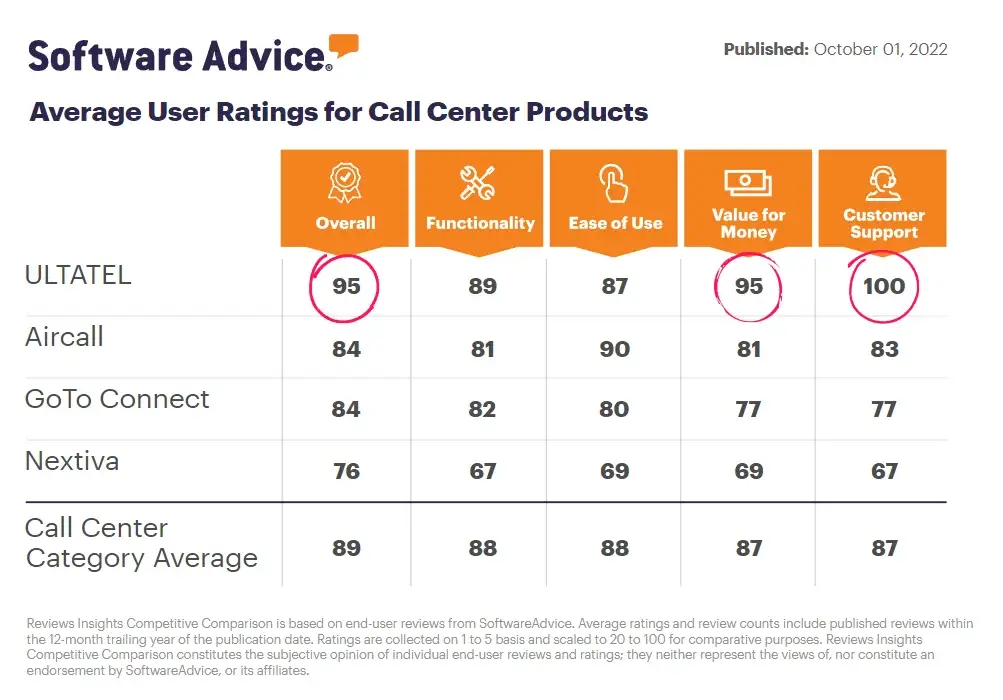What is a Unified Communication as a Service?
Unified Communication (UC) is a term used to describe a range of technologies and services that enable businesses to communicate more effectively and efficiently. UCaaS, or Unified Communication as a Service, is one of the most popular forms of UC.
With UCaaS, businesses can take advantage of various features and services, including VoIP, video conferencing, web conferencing, instant messaging, presence, and many collaboration tools.
When is Unified Communication as a Service Necessary?
There are a number of situations where Unified Communication as a Service can be beneficial for call centers and businesses that handle a large volume of inbound and outbound calls.
For example, if your company wants to increase efficiencies and collaboration across different departments or locations, UCaaS may be the right solution. It can also help you improve customer service by providing richer communication options for internal and external stakeholders.
And if you have a mobile workforce, UCaaS can help you keep your employees connected and productive no matter where they are located.
What Are the Benefits of Using Unified Communication as a Service?
There are many benefits to using Unified Communication as a Service. For one, UCaaS offers businesses improved collaboration and communication, making it easier for teams to work together and stay connected internally at all times.
It also allows businesses and call centers to manage their communications more efficiently, improving productivity and reducing costs. And because UCaaS is delivered over the cloud, organizations can scale their communications solutions up or down as needed without making any major investments in hardware or infrastructure.
What Are the Drawbacks of Using Unified Communication as a Service?
There are a few potential drawbacks to using Unified Communication as a Service. One is that it can be difficult to find a UCaaS provider that offers all of the features and services you need.
Another potential issue is that some organizations might not be ready to transform their communication infrastructure over to the cloud as they prefer to stick with the perfect functioning and secure on-premise solutions.









